At TravelMag.com we recently set our sights on the lovely region of England known as the Cotswolds. The Area of Outstanding Natural Beauty’s towns and villages are characterised by honey coloured cottages set amid pretty, blooming gardens. Charm comes easy to the Cotswolds, but which towns and villages are the finest?
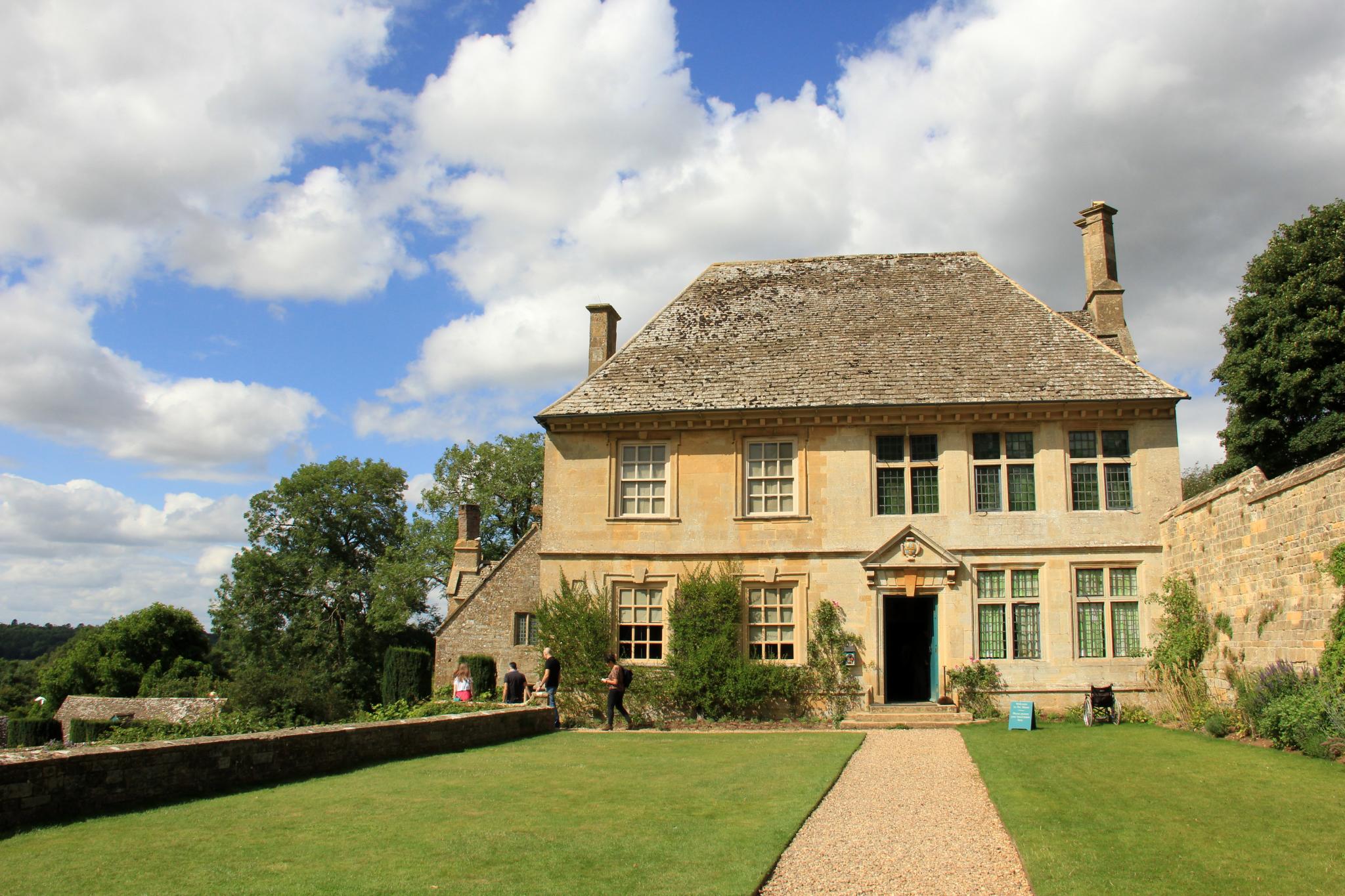
Snowshill Manor (Photo: Karen Roe via Flickr / CC BY 2.0)
When you mention the Cotswolds and travel in the same sentence, most folk usually think about thatched cottages, pretty gardens and rolling countryside, perhaps with broad brushstrokes of carmine poppies or the delicate purple of lavender fields. Precisely manicured nature is certainly one of the area’s main strengths, but there are plenty of other good qualities too. Historic market towns, nature reserves, stately homes and peaceful riverside walks are popular features of many of the region’s best towns and villages.
Here at TravelMag.com we became intrigued by some of these smaller towns and decided to discover which are the best places to visit in the Cotswolds. Small towns with populations of less than 5,000 and villages with more than 100 inhabitants were considered for this survey. Below you will find the resultant eight most charming Cotswolds towns and villages, listed in alphabetical order.
Bibury
There is perhaps no other place in the Cotswolds that could better encapsulate the atmosphere and beauty of the area than Bibury. The village was first recorded in the Domesday Book of 1086 and in many ways, it feels as though little has changed there in the intervening years. In fact, if you remove the tourists and cars it could practically be a Hobbit settlement from a JRR Tolkien world. Arlington Row, a string of 14th-century cottages up a leafy hillside, defines quaint in visual terms. It is revered nationally, and this is no mere hyperbole; a picture of Arlington Row features on the inside cover of some UK passports. This has, if anything, made the village too popular and it is best to visit early on or in the evening to avoid the tour bus groups. St Mary’s Church, with its Norman doorway, and the Bibury Trout Farm are also popular spots to visit in the village, although you might see a couple of rainbow trout in the Coln River too.
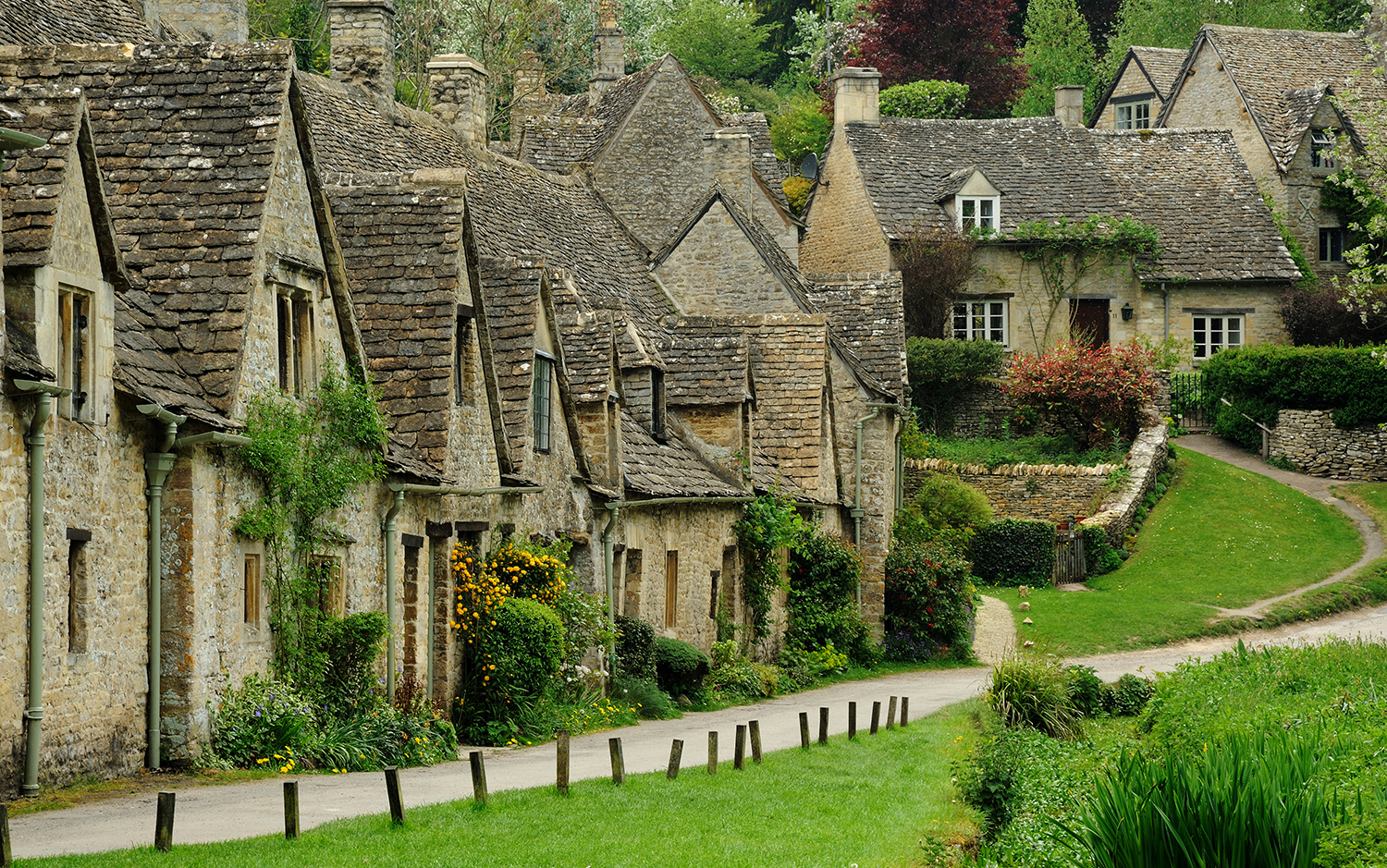
The much-loved Arlington Row in Bibury (Photo: Saffron Blaze via Wikimedia Commons / CC BY-SA 3.0)
Bourton-on-the-Water
Bourton may well draw in more tourism than any other spot in the Cotswolds thanks to its popular attractions, like the Model Village and Railway, which is an excellent scale replica of Bourton. Penguins at Birdland, the Cotswold Motor Museum, Greystones Nature Reserve, and even a microbrewery, are just a few of the many other highlights Bourton boasts. With a population of roughly 3,300 people, that is a lot of entertainment for such a small place. But aside from that, one could happily while away the hours admiring the old stone houses, wandering on paths beside the languid River Windrush (which is transformed each August Bank Holiday Monday into frothing mass of bodies as the local football team plays a chaotic game in the river), or dangling your feet over the edge of the low bridges surrounded by weeping willows.
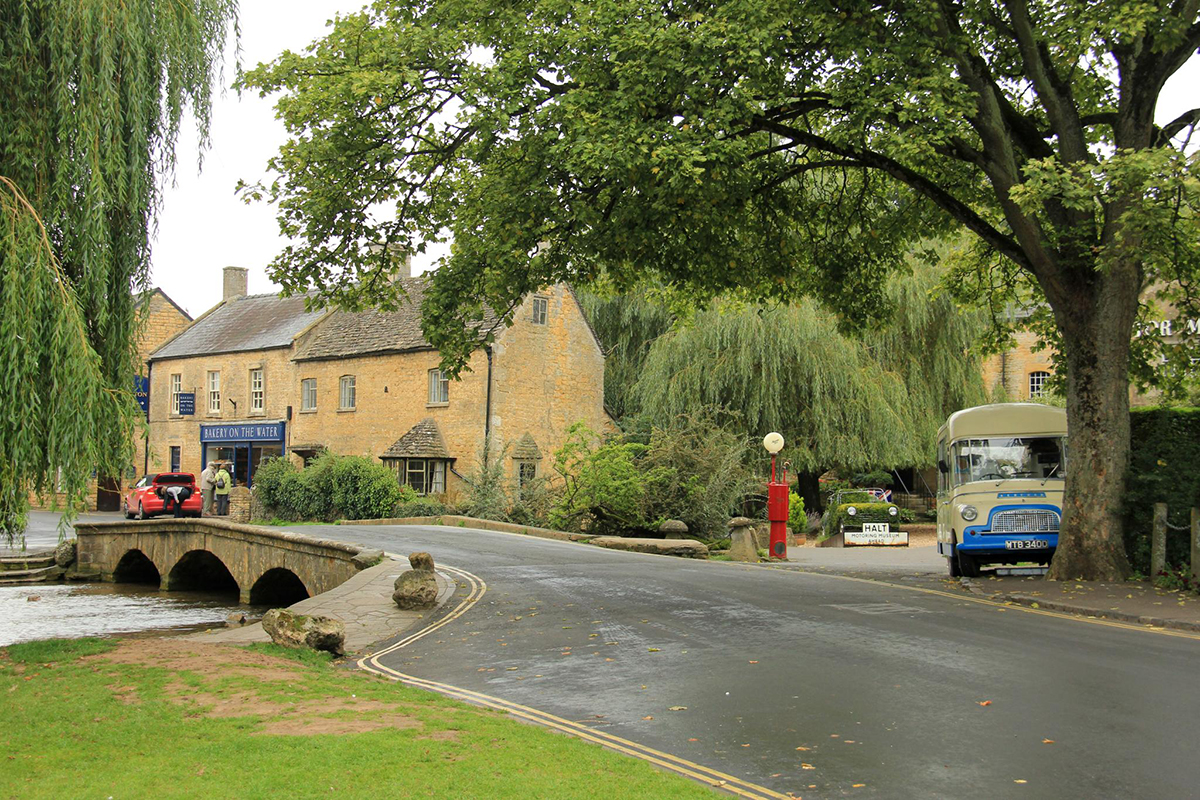
The river and car museum at Bourton (Photo: Karen Roe via Flickr / CC BY 2.0)
Broadway
Broadway in the Cotswolds doesn’t need the bright lights and pizazz of its New York namesake because it has something far more authentic: timeless charm. But the relationship with art is something they do both have in common. Broadway has long had an association with the arts and crafts movement of the Cotswolds. Gordon Russell Design Museum is a lovely tribute to the knighted English designer and craftsman who lived in Broadway. The wide High Street gives the village a roomy, laid-back feel, and is fronted by wisteria-covered, amber-brick terraced cottages, with dormer roofs. This road is dotted with other small galleries and art dealers, like the Broadway Museum and Art Gallery, which showcases rotating exhibitions, and has its own art department with artists in residence. Perhaps the most impressive building in the village is the Lygon Arms, with its hotel and wine bar. Broadway is also known for Broadway Tower, which sits outside the village atop a hill. The curious building was the work of Capability Brown, the renowned English landscape architect. From here there are some of the finest views of the Cotswolds.
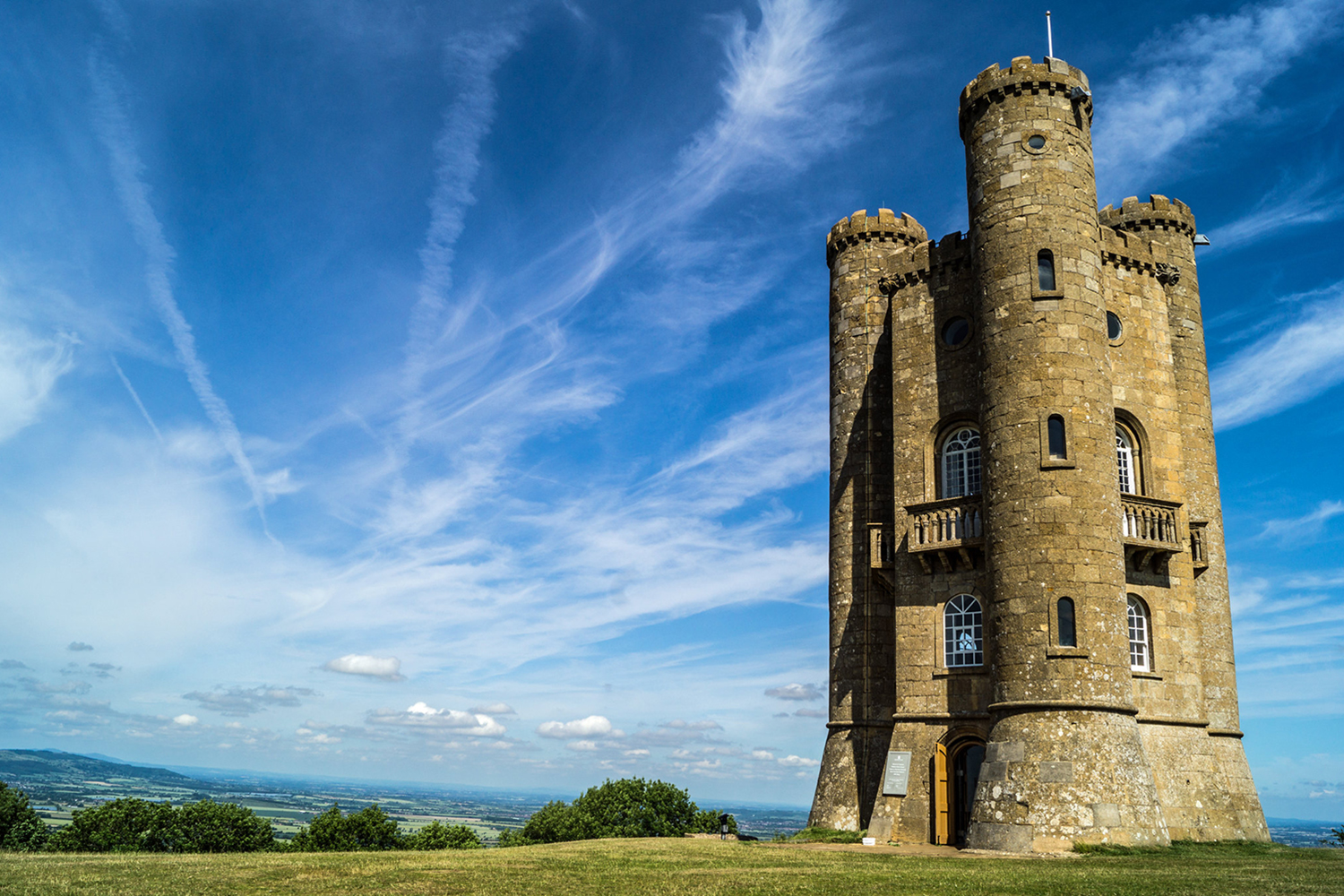
The imposing Broadway Tower (Photo: Phil Dolby via Flickr / CC BY 2.0)
Burford
Quietly packing in remarkable snippets of history in every corner, Burford is right on the eastern edge of the Cotswolds and has a wealth of medieval buildings to its name, such as St John the Baptist church, where one memorial features one of the earliest known depictions of Native Americans made in the UK. The diminutive Tolsey Museum is housed in a 16th-century building with stone pillars on the lower level and showcases local artefacts. Most of the buildings along High Street, which paves a way downhill to the River Windush, were built around this same era and have seen royalty through their doors; 17th-century Burford House Hotel was leased to Nell Gwyn, the long-time mistress of King Charles II, whose illegitimate child later became Earl of Burford. There are many lovely old pubs, such as the snug Lamb Inn, which makes some of the 18th-century inns across the region look young by comparison. Burford is also known for the numerous antiques shops dotted around town.
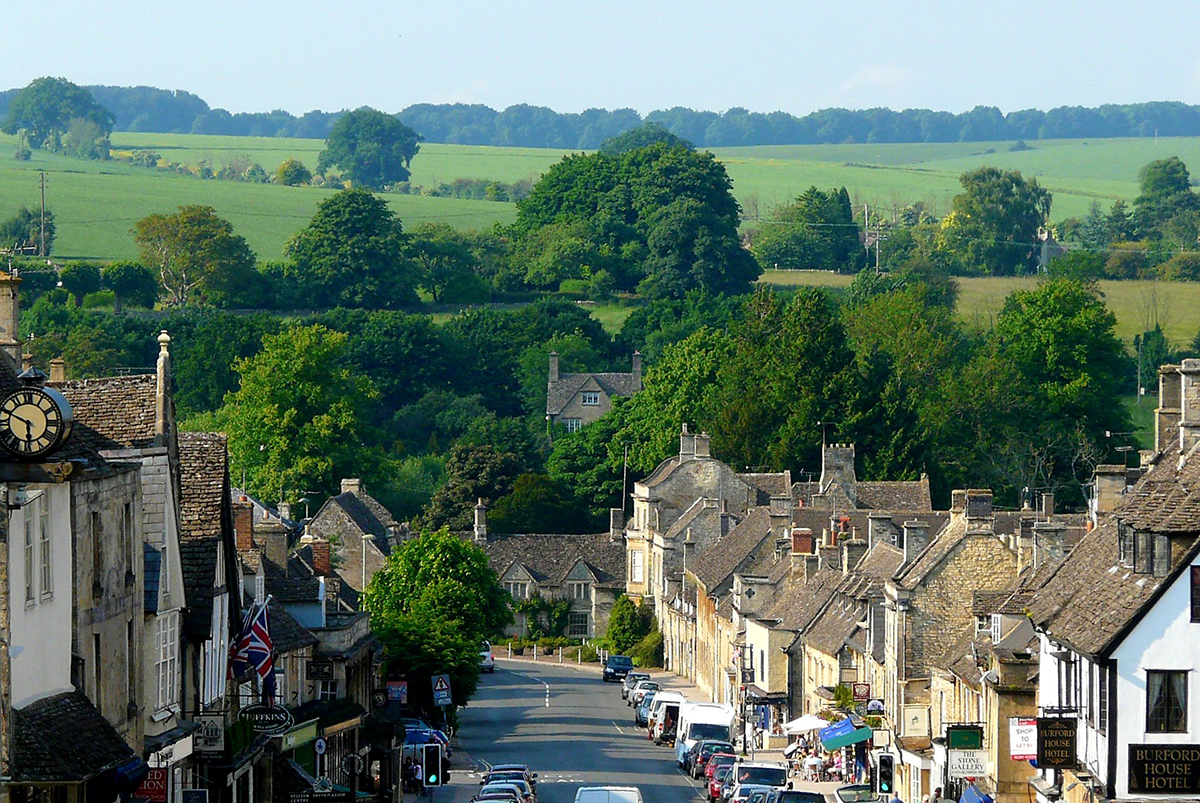
Looking down the high street in Burford (Photo: Chuca Cimas via Flickr / CC BY-ND 2.0)
Chipping Campden
Although there are many market towns around the Cotswolds, few have the word built into their name. Chipping derives from an old English word for ‘market place’ and the open-sided Market Hall, built in 1627, with its stone arches and balustrades is a fine reminder of a previous time, when people would come to town to sell wool, dairy products and other local farm produce. It was a robust wool trade that brought wealth to the region, with wool merchants building many of the handsome houses, some dating back to the 14th century, that still line the streets today. Most notable of these is perhaps St James’ Church, one of the finer ecclesiastical buildings in the Cotswolds. Also of note is the long High Street, around which most of the town is ranged. Late in May each year, the Cotswolds Olimpick Games are held in Chipping Campden. These consist mostly of bizarre events, such as the shin kicking contest and something called backsword fighting. The Saturday following the games sees the Scuttlebrook Wake, a colourful summer celebration that involves a costumed procession with decorated floats and Morris dancers. Quintessential English countryside culture.
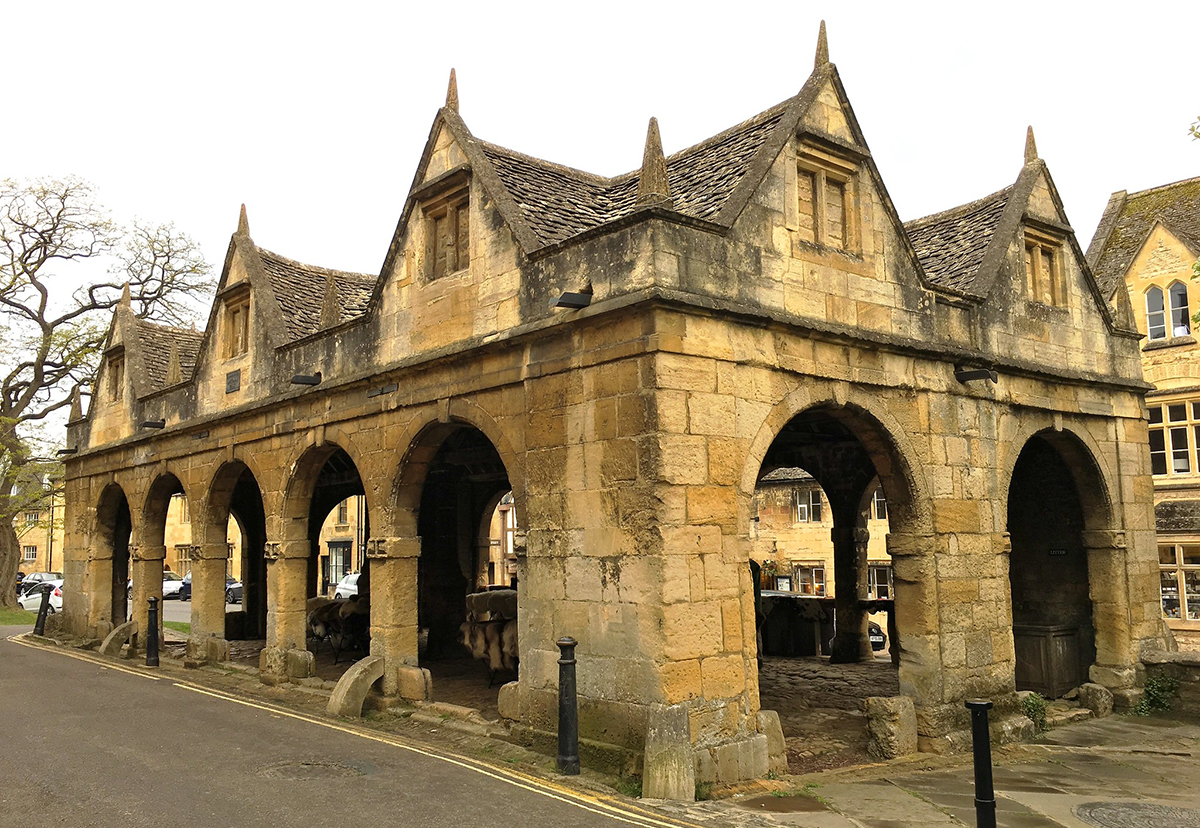
The old market hall in Chipping Campden (Photo: Sarah Stierch via Flickr / CC BY 2.0)
Slaughters, The
Admittedly we’re cheating a little bit here by coupling two villages together, but Upper Slaughter and Lower Slaughter are fondly considered to be twinned together by all who know the area well. That is because they are within a mile of one another and both scattered around the River Eye. Lower Slaughter made particularly good use of the water power at one time with its picturesque flour mill, which has been turned into a small museum, gift shop and café. The shallow river very much sets the pace for the two villages, with its slow amble. The cottages, many with well-tended gardens, are lovely and the main draw of both places is the atmosphere. People come to follow the short circular walk connecting the Upper and Lower. While there is not a great deal to do in Upper Slaughter, Lower has a small museum, and the Slaughters Village Hall occasionally showcases local art.
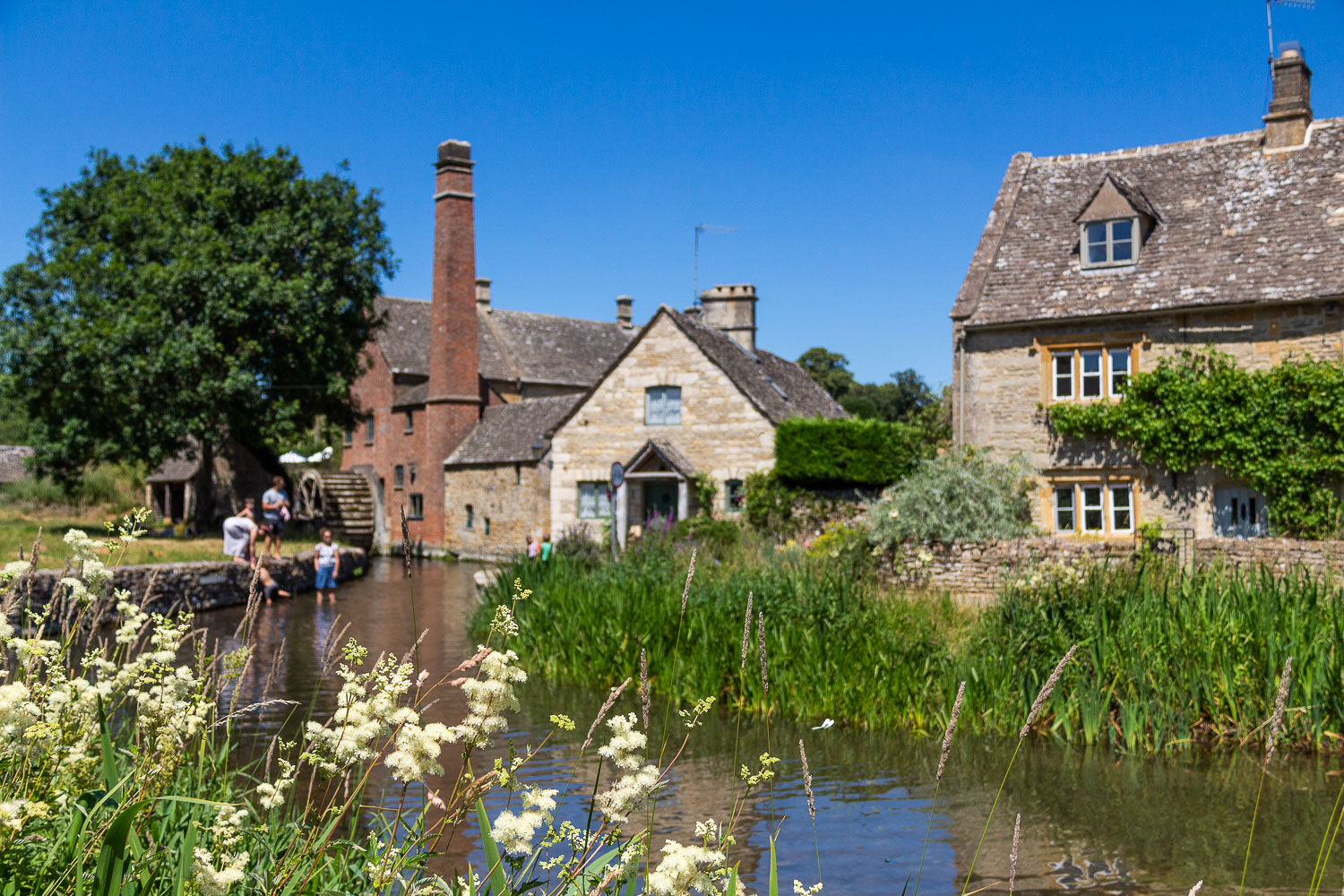
Lower Slaughter Mill Museum across the River Eye (Photo: Paul Stafford)
Snowshill
As the smallest village on the list, Snowshill is occasionally overlooked by visitors to the Cotswolds, which is a real shame because it has one of the most unique museums in England. Snowshill Manor and Garden would attract visitors for its beautiful landscaped exterior and 16th-century country house alone, but the magnificent collection of objects within makes it quite special. Former owner Charles Paget Wade was an architect who amassed a huge collection of things that fascinated him, which often meant skilfully hand-crafted items of all sorts. He handed his home over to the National Trust in 1951 for conservation, five years before his death, and the collection has been kept intact and just as he himself arranged it, allowing it to be enjoyed by many hundreds of thousands of people ever since. One highlight is the samurai room, exhibiting exquisite suits of Japanese samurai armour. Also popular in Snowshill are the lavender fields, which are open from early June to early August, gracing the gentle contours of the land in uniform rows of purple hues.
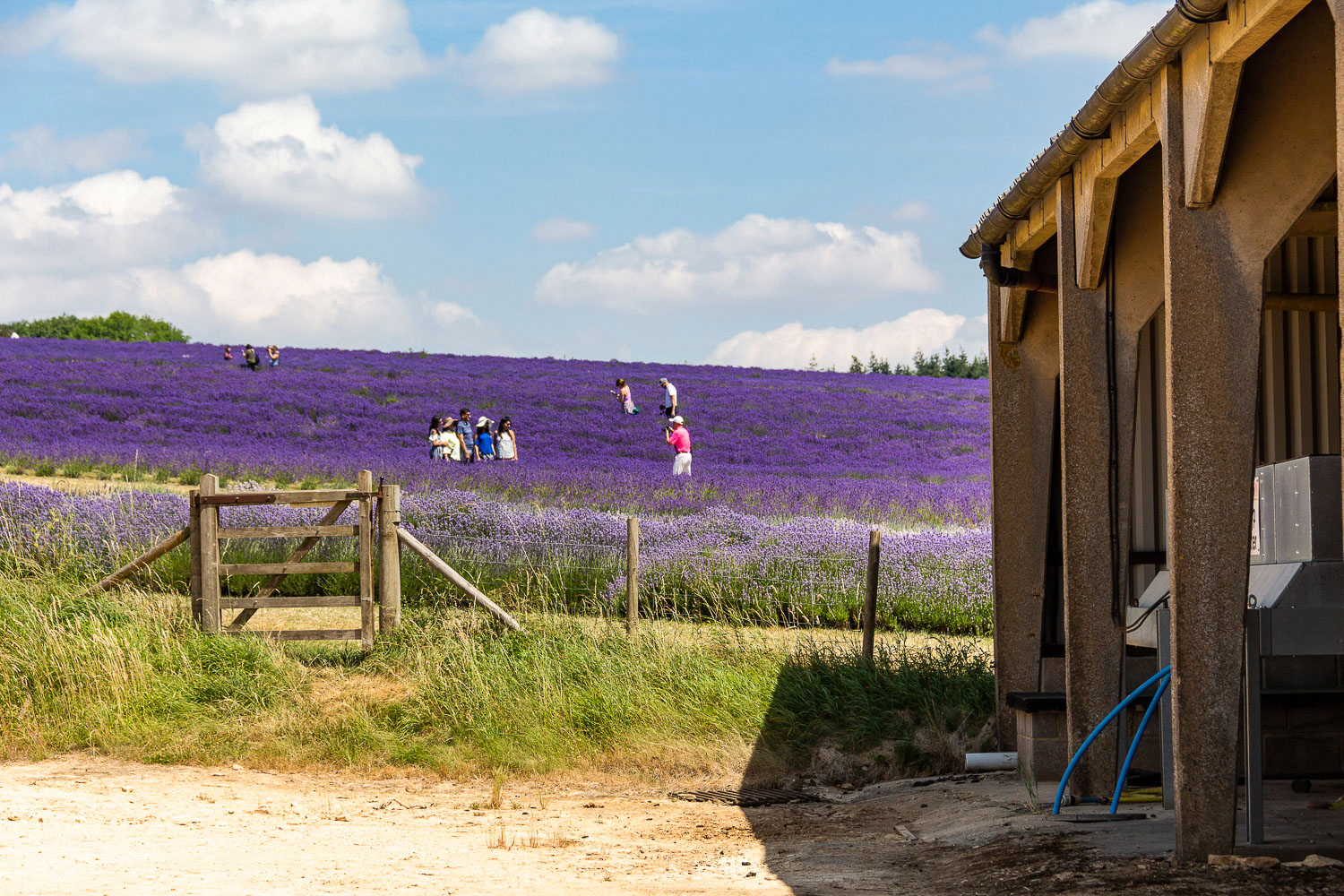
Cotswold lavender at Hill Barn Farm near Snowshill (Photo: Paul Stafford)
Stanton
Another idyllic spot in the Cotswolds, often overlooked by visitors to the region, due to its lack of any single clear attraction, is Stanton. But the main attraction is Stanton. It is a classic Cotswold village, with a high street that paves its way up a gentle hill, fronted by honey-coloured stone houses covered in ivy and wisteria. But the difference here is that there is much less chance of the tourist crowds of Bibury or elsewhere. The architecture of the village is exceptional, with most buildings dating to the 16th and 17th centuries, some with thatched roofs and half-timbered walls. Head to the top of the hill and you will find one of the finest examples of this with Sheppey Corner, beyond which lies a pub with pleasant views out over the village to the Cotswolds escarpment beyond.
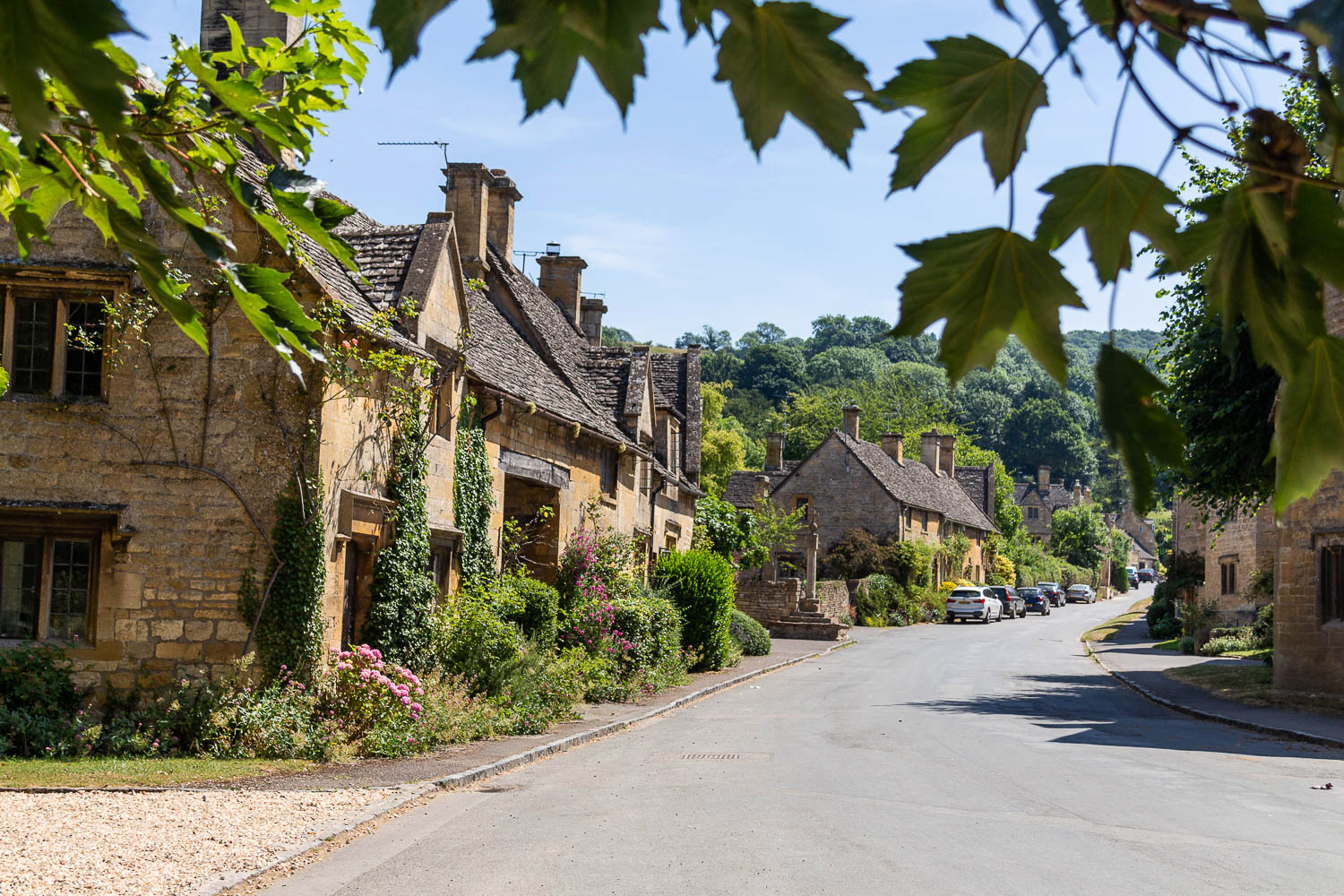
The High Street of Stanton Village (Photo: Paul Stafford)
Honourable mentions: Practically everywhere else in the region. You can hardly go wrong in the Cotswolds, and the bar was set particularly high to begin with. A few places that immediately spring to mind however are Stow-on-the-Wold, Castle Combe, Minchinhampton and Painswick.
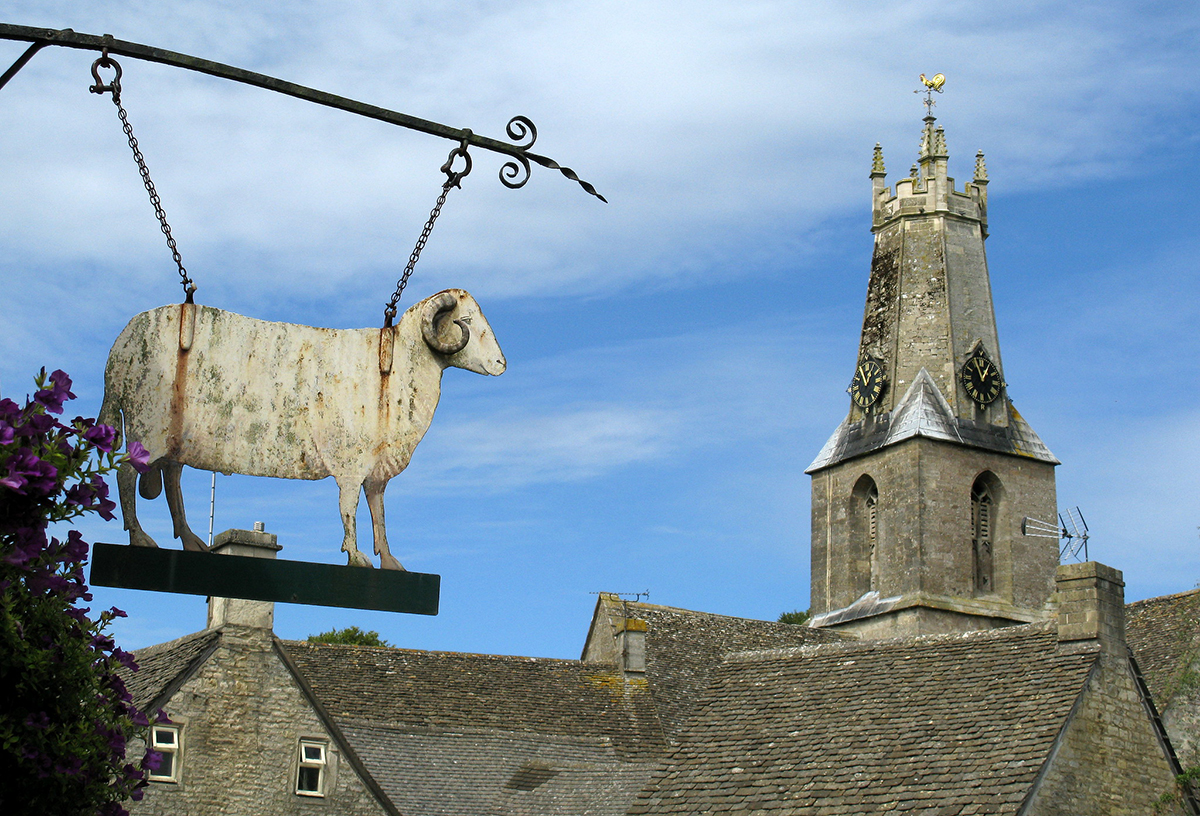
Wool and the church in Minchinhampton (Photo: Spencer Means via Flickr / CC BY-SA 2.0)